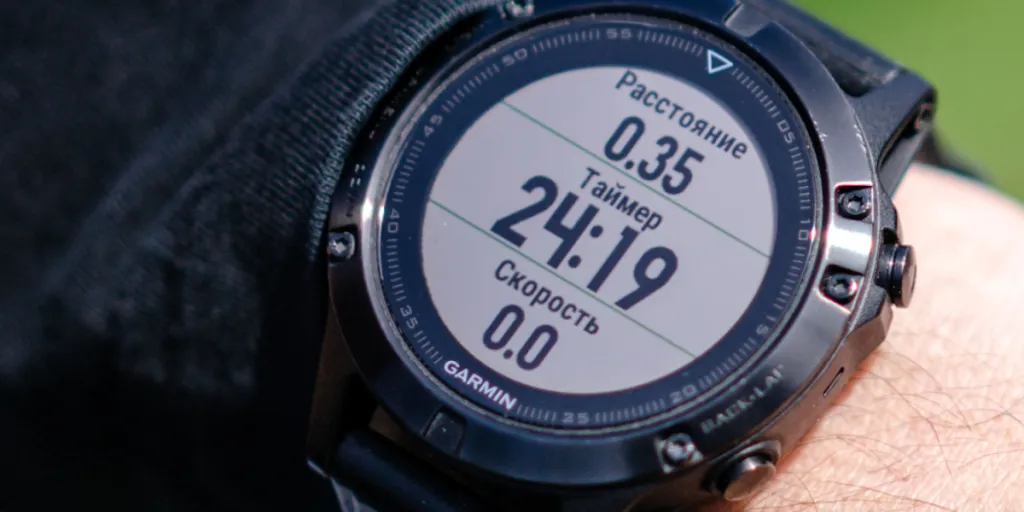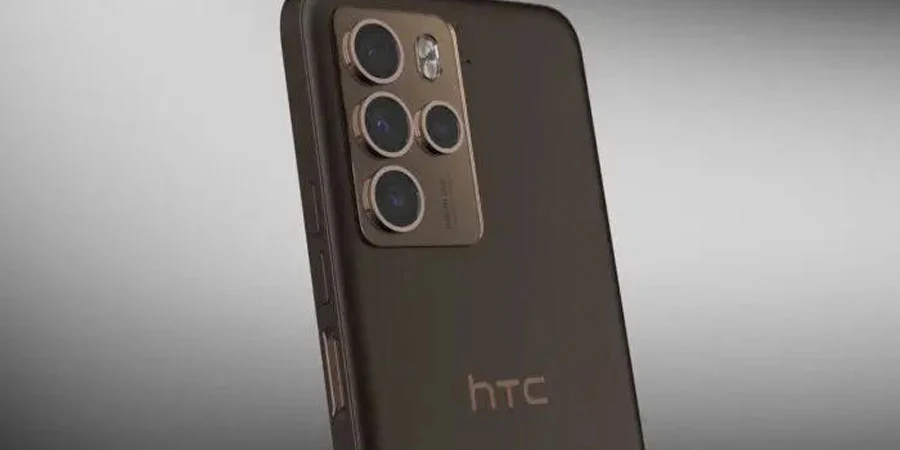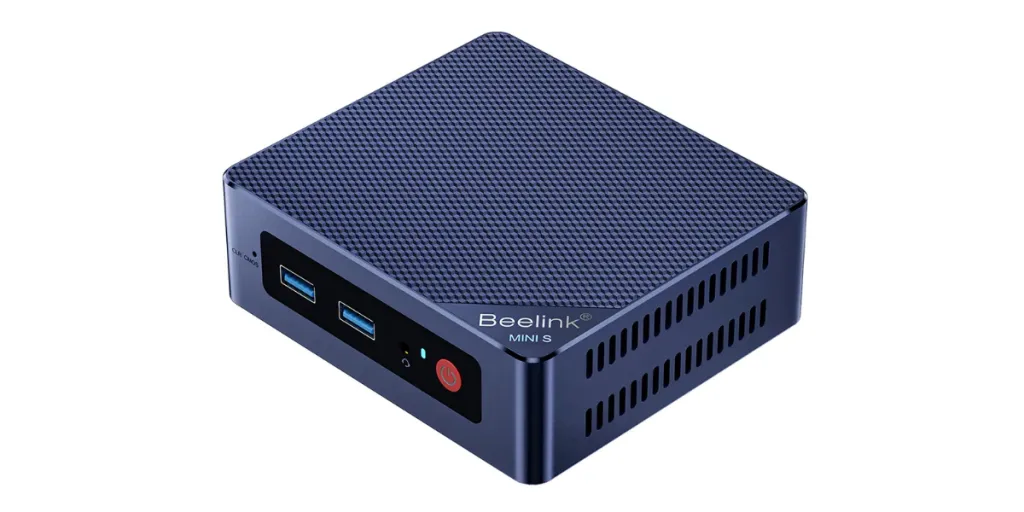Times have evolved in sports. Gone are the days when consumers counted the number of laps in their heads or strap their phones on their arms for measurement—sports watches are a better way to do it in 2024.
Modern sports watches have adopted impressive technologies, pushing them far from their simple stopwatches on band roots. Consequently, the market is packed with sports watches offering numerous functions. Hence, finding the right one will require some consideration.
This article will explore the best features businesses should look for when stocking up on sports watches in 2024.
Table of Contents
What are sports watches?
Will the sports watch market boom in 2024?
6 tips to consider when buying sports watches in 2024
Rounding up
What are sports watches?
Sports watches are timepieces that can do a few key things:
- They are the user’s sidekick for tracking and measuring performance across various sports activities
- Sports watches are tough, built to handle the elements with high durability and water resistance.
- They also handle shocks, bumps, and scrapes.
Although they feel like fitness trackers at a glance, sports watches are an entirely different product. They’re more specialized wearable devices exclusively designed for tracking workouts. As a result, sports watches have more advanced features than fitness trackers.
Sports watches are all the rage in 2023! Look at the Google Ads data—popular branded models, like the Seiko 5, are pulling an impressive average of 450,000 monthly searches, and they’ve been keeping that search volume steady since 2022.
Interestingly, generic sports watches also perform excellently, generating 135,000 average monthly searches. They’ve also witnessed a consistent search volume since 2022.
Will the sports watch market boom in 2024?
Sports watches have been gaining momentum, and reports suggest they won’t slow down in 2024. Experts say the global market will hit US $21.97 billion by 2030 from US $12.6 billion in 2022. They expect it to grow at a compound annual growth rate (CAGR) of 7.2% from 2023 to 2030.
The sports watch market owes its exponential growth to the increasing number of consumers engaging in sports activities/workouts and the rising disposable income among users.
North America dominates the sports watch market due to the region’s deep focus on technological advances and its increased disposable income. Experts predict Europe will hold a significant market share over the forecast period.
6 tips to consider when buying sports watches in 2024
1. GPS tracking is a must-have feature
If there’s one thing sports watches should do, it’s track the user with GPS. These devices should keep tabs on pace and distance, giving consumers a precise log of how far and fast they’ve powered through a run. Also, sports watches should be useful for tracking a bike trip or open-water swim.
But it doesn’t stop there. Combined with other metrics, consumers should get an in-depth report on all their workout accomplishments. Another reason why GPS tracking is important for sports watches is navigation.
Some sports watches come loaded with built-in maps, allowing users to monitor their location while moving. It’s a game changer for consumers who frequently workout in wild or off-the-grid terrains.
Are consumers prioritizing accurate tracking? Don’t worry! Businesses can look for watches with multi-GNSS functions. It allows them to tap into other Global Navigation Satellite Systems, like Galileo and GLONASS, giving wearers the most precise location data.
2. Choose watches with heart rate monitoring
Many consumers want accurate details on their heart rate during exercise, making it necessary to opt for sports watches with this feature. The good news is that most sports watches come with this technology.
But why is it so important? Well, having the lowdown on heart rate during workouts helps consumers gauge how hard they’re working and lets them exercise with the right intensity to maximize their fitness gains.
Before, keeping tabs on heart rate meant strapping an extra gear—a chest-worn heart rate monitor. While these gizmos could deliver precise readings, they weren’t comfortable or convenient.
Currently, many sports watches have stepped up with built-in wrist-based heart rate monitoring. It’s more convenient because it ditches the need for chest straps, allowing consumers to monitor their heart rate as long as they want—even while asleep.
Even more interesting is that smartwatches use photoplethysmography (PPG) technology on their underside to achieve this feat. It’s a non-invasive optical technique measuring blood volume flowing through tissues.
Here’s how it works: the watch sends a gentle green light beneath the user’s skin and keeps an eye on how much of that light bounces back. But the trick is the reflection changes as the blood vessels expand and contract with each heartbeat.
Further, smartwatches use an algorithm to calculate the consumer’s heart rate based on these changes. Nevertheless, it’s worth noting that PPG doesn’t offer the same accuracy as chest straps, but it’s good enough for most fitness tracking purposes.
3. The more sports tracking options, the better
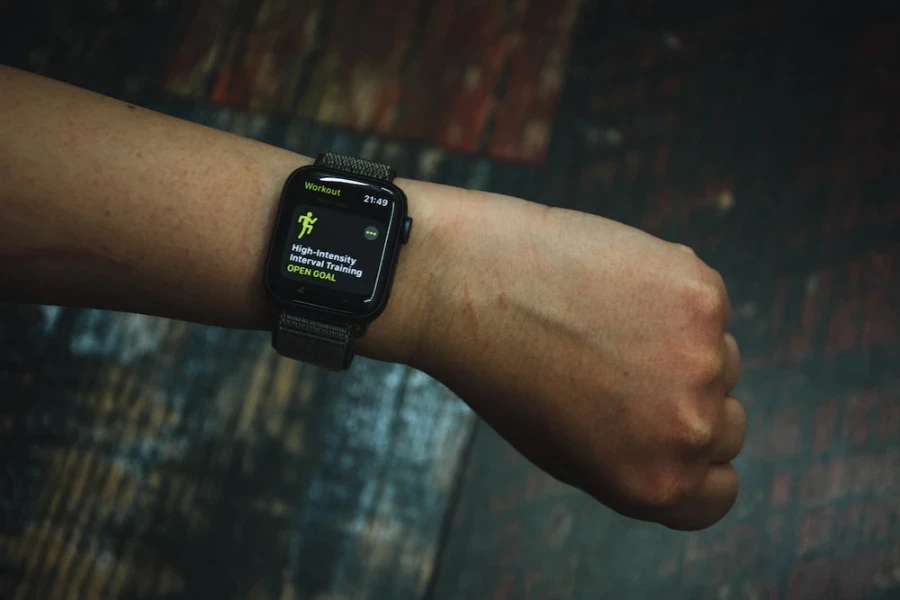
Some people may call sports watches “running watches,” but businesses shouldn’t let the label fool them. Sports watches are versatile enough to track more than the user’s morning jog.
Many sports watches allow consumers to record activities related to specific sports, ranging from running and cycling to strength training, hiking, rowing, and more. This sports tracking variety can be handy for several reasons.
- Relevant data display: A sports-specific profile on a watch is like having a mini dashboard for important information. For instance, when consumers are out for a run, they can effortlessly monitor their pace and the distance they’ve tackled.
But that’s not all. Some watches allow users to tweak the data fields so they see exactly what they want during a specific activity.
- Performance analytics: Consumers can engage in different sports or training sessions, so sports watches should be able to deliver accurate data for each one. For example, keeping tabs on elevation change is important when cycling. But those interested in swimming will need to count those strokes.
More importantly, a good sports watch would use the data from each activity to track the consumer’s progress and offer insights for improvement.
- Goal setting: Sports watches with more tracking options will make it easier for consumers to reach their goals over a set time. It could be how far they’ve run, climbed a bicycle, or other metrics important to them. The right watch will help consumers stay on target.
Here’s another key point to consider regarding sports watch activity tracking. In certain activities, like cycling, getting data from external sensors can offer a better experience. Usually, it involves gadgets like cadence sensors and power meters (for cycling).
So, if consumers are all about these high-tech add-ons, consider sports watches that support external sensors through Bluetooth or other standards like ANT+.
4. Don’t forget smart features and app compatibility

When deep into a workout, the last thing consumers want to interrupt their flow is fumbling through a phone when a message or call pops up. But with a sports watch boasting smart features, they can keep those endorphins pumping without missing a beat.
For consumers who want to stay connected during their activities, choose a sports watch that connects with mobile phones for smart notifications. These watches notify users of calls, texts, or alerts from devices like doorbell cameras.
The best part is the connection is not one-sided. Many sports watches offer live tracking so others can keep tabs on the user’s race or workout progress. Also, sports watches should be able to automatically upload workout data to fitness-tracking apps.
5. Consider music control and storage for sound lovers
Audio is an essential part of sports and training sessions. Consumers often listen to music, enjoy a podcast, or indulge in audiobooks. So, it’s only natural for sports watches to help make their audio experience seamless.
Since many sports watches connect with phones, they’ll give users control over their device’s stored or streamed music. It’s a convenient feature because users can manage their audio needs hassle-free—no more mid-run phone juggling to switch or pause tracks.
But it gets even better. With sports watches featuring built-in music storage, consumers can take their music game to the next level. It’s a more convenient way for consumers to listen to their favorite jams without their phones during activities.
6. Don’t compromise display, battery life, and build quality
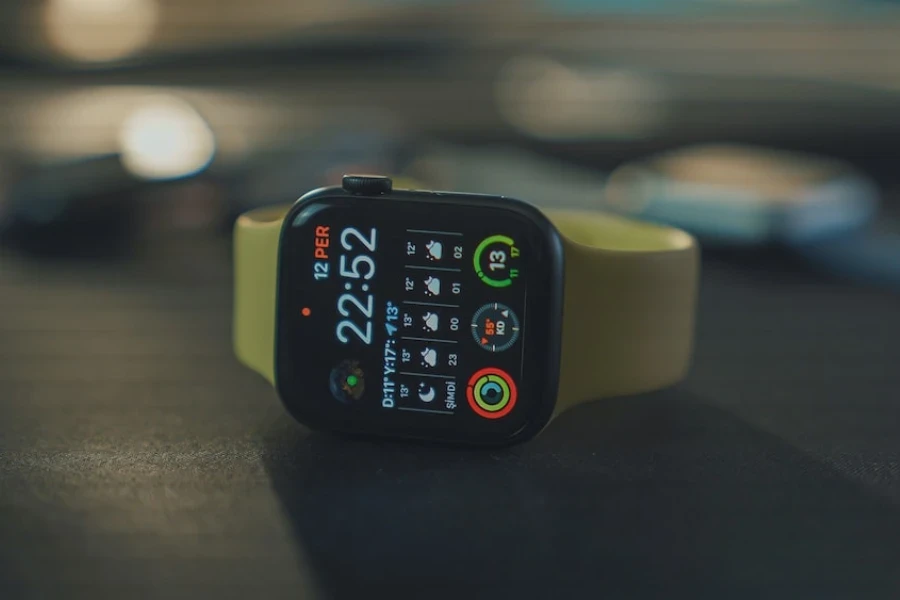
Display features
Touchscreen is a big hit of modern sports watches. They’re more user-friendly than buttons, especially for users hoping to dive deep into the watch’s features. Consumers who are fans of vivid color displays may opt for sports watches with vibrant AMOLED screens.
Battery life
Running out of battery can range from a minor annoyance during daily jogs to a major headache on multi-day adventures. For this reason, businesses must opt for great battery life to handle various activities when picking sports watches.
However, variants with solar charging are better options for consumers focused on multi-day sports activities. Check out the table below, showing the different types of sports watch batteries and their average battery life.
| Battery type | Average battery life |
| Li-ion (Lithium-ion) | 7–14 days |
| Li-po (lithium polymer) | 10–15 days |
| Alkaline | 3–7 days |
Note: Lithium-ion batteries are the most common type for sports watches today due to their lightweight nature, high energy density, and quick recharge.
Build quality
Most sports watches boast exceptional design qualities, but manufacturers design most of them to handle different situations. For instance, consumers focused on swimming and other water-based sports will want water-resistant watches.
However, consumers who experience bushwhacking during their activities may prefer watches with scratch-resistant lenses. To be on the safe side, look for watches with various quality specs combined into one build.
Rounding up
Modern sports watches pull off incredible feats that seemed impossible a few years back. These versatile devices can keep tabs on nearly every sport and provide helpful insights into consumer fitness and athletic performance.
Plus, they’ve got a style that can instantly upgrade the user’s aesthetics. So, consider the features discussed in this article before purchasing smartwatches. It’ll help businesses make the best offers for their consumers in 2024.
